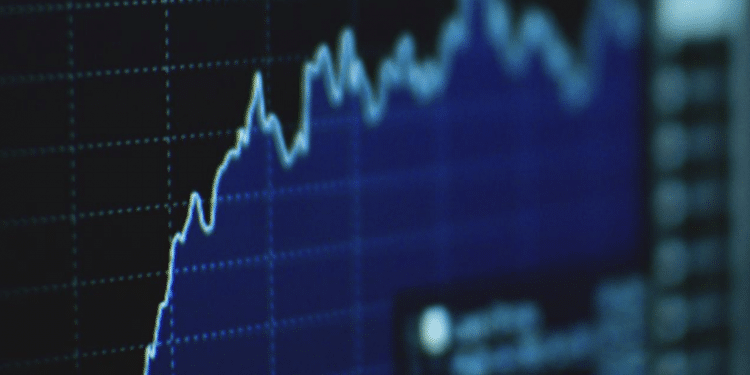What are trading biases?
Trading bias is a psychological phenomenon in which investors make decisions depending on their pre-conceived ideas of what will work and what will not without considering the evidence. Bias can also retain an instrument for too long or otherwise behave against their best interests. If you are a trader or investor, you must be cautious about the dangers of bias because biases can affect your trading plans seriously.
You may study the dangers of biases discussed by the famous investor Warren Buffet to know them better so you can avoid them. Keep in mind that trading should be logical and bias can cloud your logical reasoning and judgment.
Watch out for the biases mentioned below that affect trading system development, trading system testing, and how traders trade their system.
Biases that Affect Trading System Testing
Degrees-of-Freedom Bias
A degree of freedom is a parameter yielding a different system for all values allowed. For instance, a 10-day MA yields different results from a 24-day MA. Hence, the length of an MA represents 1 degree of freedom. People prefer as many degrees of freedom as possible to have in their systems. The more indicators the traders add, the better they can describe historical market prices. With more degrees of freedom in a system, it will have a high chance of fitting itself to a series of prices. However, the more the system fits the data for which it was developed, the lesser chances it has to produce profits in the future. So, you must learn about the dangers of over-optimization.
Postdictive Error Bias
Traders make postdictive errors when they use information in their testing that is usually available only after the fact. It is very common and easy to make errors in system testing. For example, if you are not careful, you may use today’s data in system testing in some software which is a postdictive error. Another example is when the highest prices in your data are followed by lower prices. At that time, it is easily possible to sneak high prices into a trading rule so the rule works great, but only postdictively. During data testing, if the results seem too good to be true, most probably they really are and you got those through postdictive errors.
Biases that Affect Trading System Development
Representativeness Bias
When people predict that something that is assigned to represent something is really what it is supposed to represent, it is representativeness bias. Hence, most of us view the daily bar and agree that it represents a day’s worth of trading. However, the daily bar is not as meaningful as you think. Rather, it is only a line on a piece of paper. The daily bar does not show the few pieces of information important to traders. So, it is a mistake to predict the market by relying on the daily bar and many traders do not even test their systems or know the expectancy of their systems.
Reliability Bias
Pro traders and investors know that data reliability is one of the gravest problems for traders. Before you can trust data, you need to know if it is accurate. It is true that more data vendors maintain accuracy when it comes to daily bar charts, but when the trader starts using tick data, such as 5-minute bars, 30-minute bars, and so on, there is no assurance of accuracy. Developing your trading strategy depending on incorrect data can cost you a lot of money.
Lotto Bias
This bias refers to the increased confidence trades have when they manipulate data in some way. However, manipulating data is meaningless and it does not give you any control over the market. It is just an illusion of control that is similar to the lotto game. Even logical people like to play the lotto game even though they understand the odds because the risk is small and the reward is big. However, you are most likely to lose in this game, and that is what happens in trading as well when you manipulate data.
Biases Affecting Trading Systems
Bias of the Gambler’s Fallacy
It is a natural consequence of the randomness bias. It refers to the belief that the trend can change at any time when it is established in a random sequence. Therefore, traders expect a down day after four consecutive up days in the market. Even well-respected researchers of the market suffer from this bias. The gambler’s fallacy bias enters into how people develop trading systems, size their positions, and trade. They completely neglect the randomness element. While looking for certainty, they trade their systems without giving themselves enough protection. Thus, they even do not consider position sizing as part of the system.
Conservative-with-Profits-and-Risky-with-Losses Bias
The first rule of trading is cutting your losses and allowing your profits to run. Those who successfully follow this simple rule make large fortunes in the market. However, there is a bias that stops many traders from following this rule. Usually, when it comes to picking an option between a sure loss and a risky gamble, most people choose the risky gamble hoping that the market would turn.
It usually does not cause the trader to lose more money. Moreover, it violates the first part of the rule ‘cut your losses short’. Similarly, when traders have to choose between a sure gain and a risky gamble, most of them go for the sure gain which again violates the second part of the rule ‘let your profits run’. This is how this bias ruins the opportunities for earning high profits in trading.
Conclusion
You can avoid the dangers of biases if you are careful. You only need to remember that you must not predict anything in trading without reliable and complete data. Lastly, you should be careful about not breaking the basic rules of trading driven by emotions and misconceptions.




